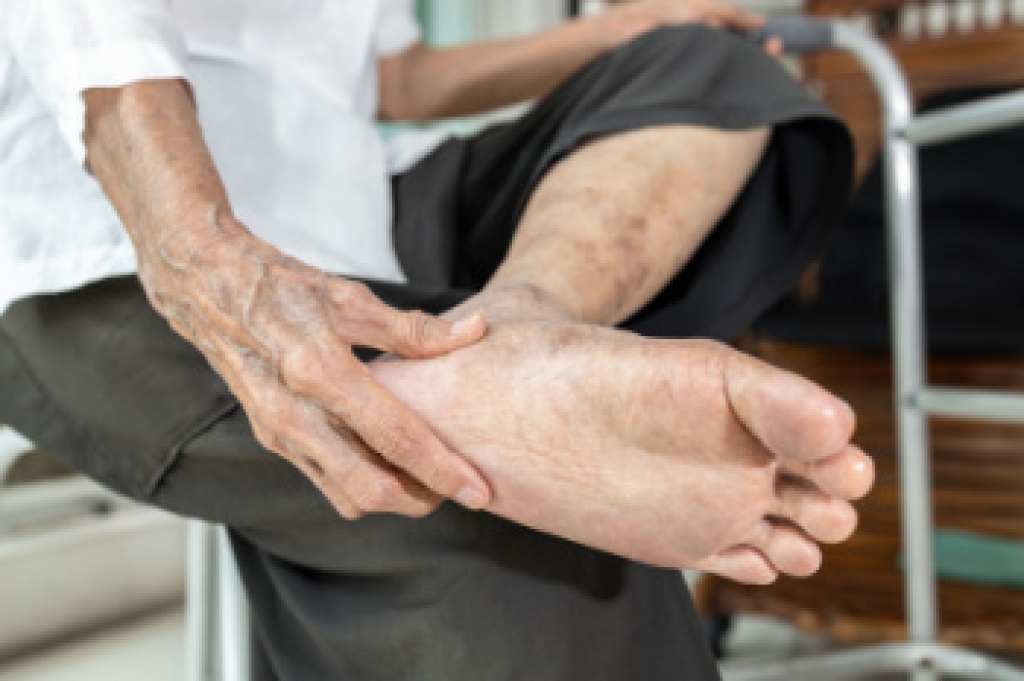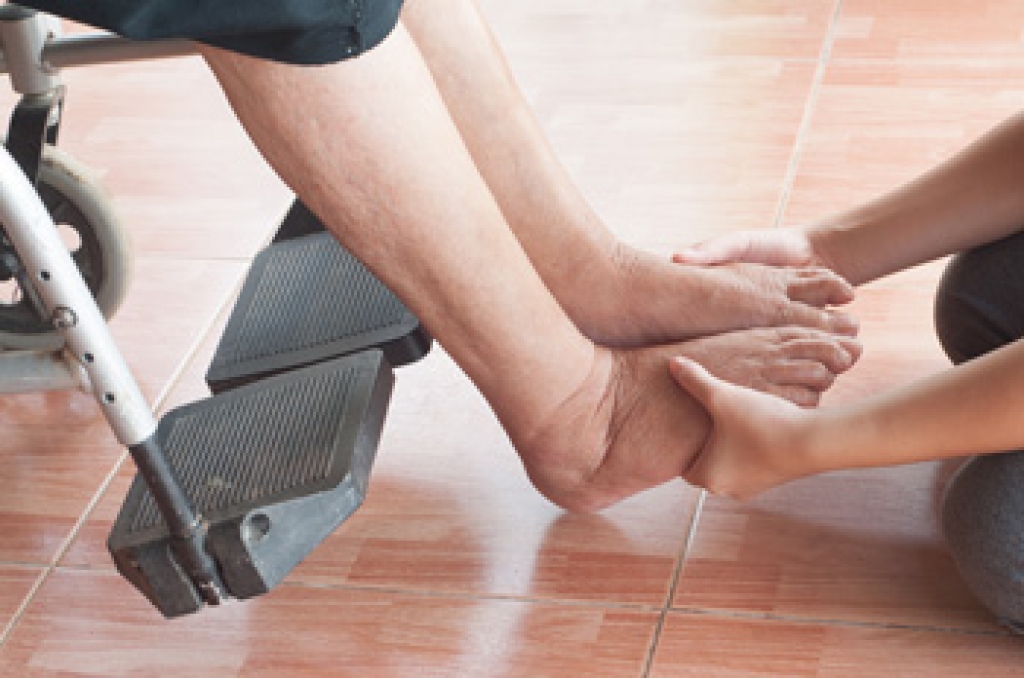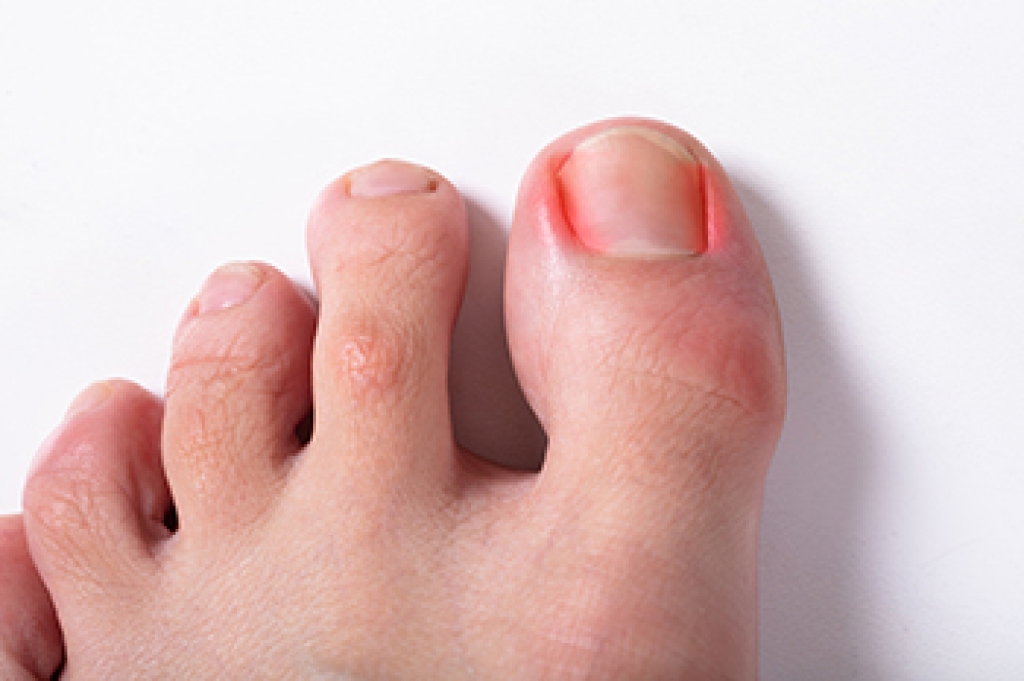
Tarsal tunnel syndrome is a condition where the tibial nerve, located near the ankle, becomes compressed as it passes through the tarsal tunnel, a narrow space inside the ankle. This can cause pain, tingling, and numbness in the foot and ankle, often radiating into the toes. Symptoms may worsen with prolonged standing, walking, or physical activity. A podiatrist diagnoses tarsal tunnel syndrome through a physical examination, reviewing the patient’s symptoms, and conducting tests, such as nerve conduction studies or imaging, to identify nerve compression. Treatment usually begins with conservative methods like rest and targeted stretching exercises to alleviate pressure on the tibial nerve. In some cases, corticosteroid injections may be used to reduce inflammation and in severe cases surgery may be needed to release the compressed nerve. If you have symptoms as described, it is suggested that you schedule an appointment with a podiatrist who can offer relief that will restore function to the affected foot.
Tarsal tunnel syndrome can be very uncomfortable to live with. If you are experiencing tarsal tunnel syndrome, contact one of our podiatrists of Community Foot Specialists. Our doctors can provide the care you need to keep you pain-free and on your feet.
Tarsal Tunnel Syndrome
Tarsal tunnel syndrome, which can also be called tibial nerve dysfunction, is an uncommon condition of misfiring peripheral nerves in the foot. The tibial nerve is the peripheral nerve in the leg responsible for sensation and movement of the foot and calf muscles. In tarsal tunnel syndrome, the tibial nerve is damaged, causing problems with movement and feeling in the foot of the affected leg.
Common Cause of Tarsal Tunnel Syndrome
- Involves pressure or an injury, direct pressure on the tibial nerve for an extended period of time, sometimes caused by other body structures close by or near the knee.
- Diseases that damage nerves, including diabetes, may cause tarsal tunnel syndrome.
- At times, tarsal tunnel syndrome can appear without an obvious cause in some cases.
The Effects of Tarsal Tunnel Syndrome
- Different sensations, an afflicted person may experience pain, tingling, burning or other unusual sensations in the foot of the affected leg.
- The foot muscles, toes and ankle become weaker, and curling your toes or flexing your foot can become difficult.
- If condition worsens, infections and ulcers may develop on the foot that is experiencing the syndrome.
A physical exam of the leg can help identify the presence of tarsal tunnel syndrome. Medical tests, such as a nerve biopsy, are also used to diagnose the condition. Patients may receive physical therapy and prescriptive medication. In extreme cases, some may require surgery.
If you have any questions please contact our offices located in Beavercreek, Dayton, and Vandalia, OH . We offer the newest diagnostic and treatment technologies for all your foot and ankle needs.




